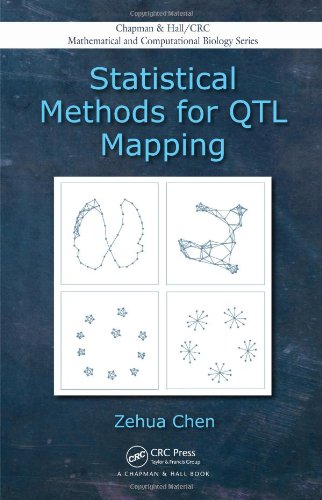

Most ebook files are in PDF format, so you can easily read them using various software such as Foxit Reader or directly on the Google Chrome browser.
Some ebook files are released by publishers in other formats such as .awz, .mobi, .epub, .fb2, etc. You may need to install specific software to read these formats on mobile/PC, such as Calibre.
Please read the tutorial at this link: https://ebookbell.com/faq
We offer FREE conversion to the popular formats you request; however, this may take some time. Therefore, right after payment, please email us, and we will try to provide the service as quickly as possible.
For some exceptional file formats or broken links (if any), please refrain from opening any disputes. Instead, email us first, and we will try to assist within a maximum of 6 hours.
EbookBell Team

4.7
106 reviewsWhile numerous advanced statistical approaches have recently been developed for quantitative trait loci (QTL) mapping, the methods are scattered throughout the literature. Statistical Methods for QTL Mapping brings together many recent statistical techniques that address the data complexity of QTL mapping.
After introducing basic genetics topics and statistical principles, the author discusses the principles of quantitative genetics, general statistical issues of QTL mapping, commonly used one-dimensional QTL mapping approaches, and multiple interval mapping methods. He then explains how to use a feature selection approach to tackle a QTL mapping problem with dense markers. The book also provides comprehensive coverage of Bayesian models and MCMC algorithms and describes methods for multi-trait QTL mapping and eQTL mapping, including meta-trait methods and multivariate sequential procedures.
This book emphasizes the modern statistical methodology for QTL mapping as well as the statistical issues that arise during this process. It gives the necessary biological background for statisticians without training in genetics and, likewise, covers statistical thinking and principles for geneticists. Written primarily for geneticists and statisticians specializing in QTL mapping, the book can also be used as a supplement in graduate courses or for self-study by PhD students working on QTL mapping projects.